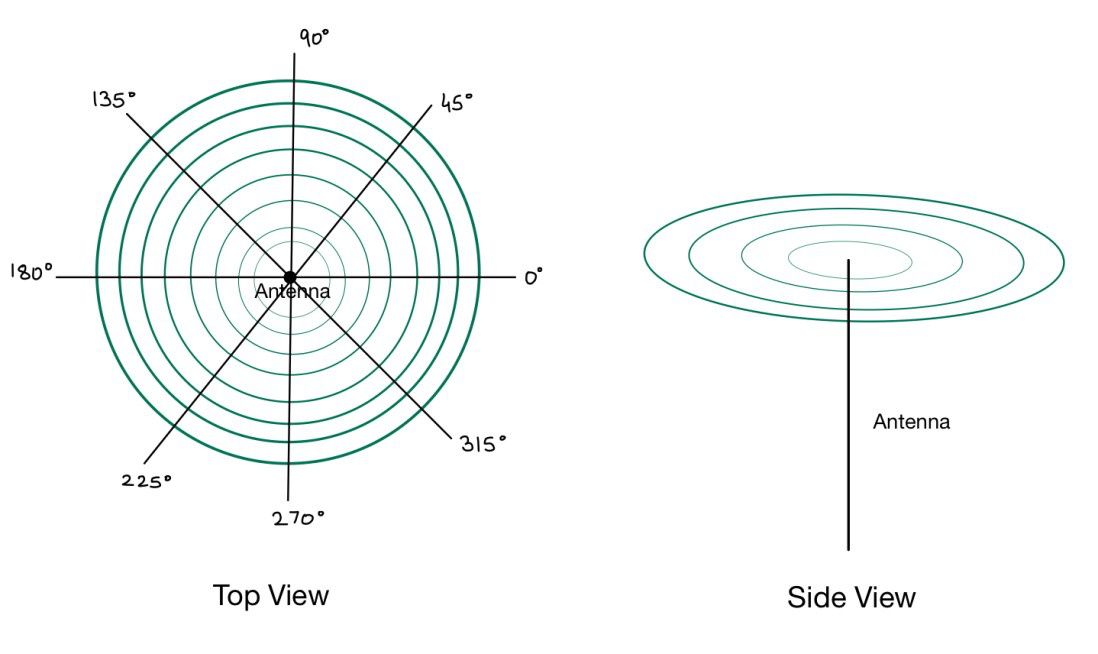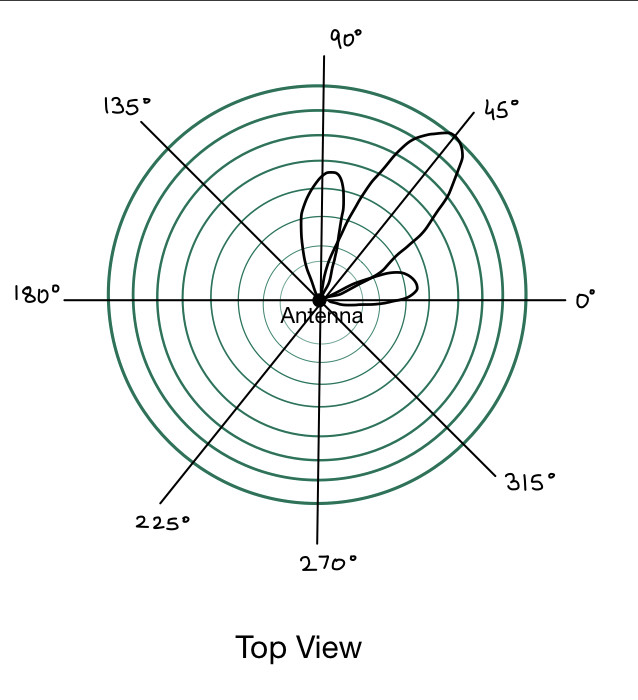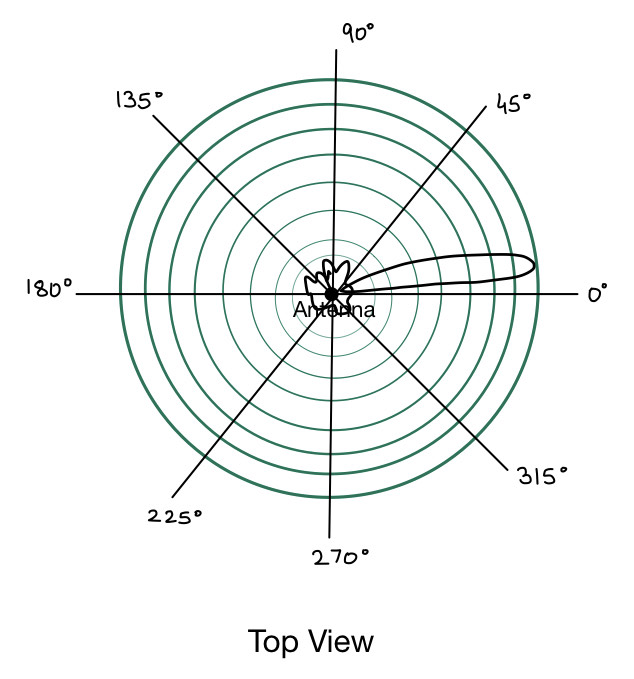
By admin Date of issue: Feb 17,2023
Mobile phones, laptops, tablets, wireless routers, and other wireless networking equipment all contain receiving and transmitting antennas that change electric to EM waves and EM waves into electric signals. The signal’s source is the transmitter, and its destination is the receiver.
The transmitter antenna receives an electric current that causes the electrons to oscillate. Electromagnetic radiation is produced by these electron vibrations and travels as radio waves. The waves cause electrons inside the receiving antenna to vibrate when they reach it. The original signal is recreated by a current flow created by this.
Working Principles of WiFi Antennas:
As different antennas operate over a range of frequencies, the antennas have distinct heights to accommodate effective radiation and reception in their frequencies. The frequency range employed for Wi-Fi communications is 2.4 GHz to 5 GHz. Using the formula c = λ / f, the frequency is used to determine the wavelength, that affects antenna length. The λ stands for wavelength, c for light speed, and f for frequency. The antenna’s length is inversely proportional to frequency and thus it is directly proportional to the wavelength. For higher frequencies, the wavelength is lower and the antenna height is shorter. The radiation pattern of an antenna is also influenced by its design.
The transmission power of the antenna governs the strength of the network that the antenna is transmitting; antenna power levels should be sufficient to provide a high-speed network with adequate range and exposure. An antenna with a 2.4GHz frequency should have a transmission power of 100mW for high speed and a broad range.
Types of Antennas:
The different types of antennas vary based on the diameter of the region through which the reception of the signal strength is best, called the beam width. Since the beam width of these different types of antennas is different therefore the design, orientation, and radio frequency also vary for all of them.
1. Omni Directional Antenna: Omni directional antennas can provide commensurable power signals in all directions, covering all 360 degrees, at an equal radial distance. An Omni directional antenna has the simplest design and it is also called a rod antenna. The Omni directional type of antenna is used principally in households with preferably a more sophisticated shape but covering the same directions since large office spaces and companies can work better with different radiation shapes.
The Omni directional antenna’s general range is given in dBi; the higher the dBi number, the greater the range. Since more compact models are available, household uses comprise mobile applications. Some Omni directional antennas involve TV antennas, dipole antennas, quad antennas, GPS antennas, radio antennas, and many more.

Design of Omni Directional Antenna
2. Semi Directional Antenna: Semi-directional antennas radiate the signal to a single, particular direction for communication from one point to another. They can connect both the indoor and outdoor communication for both small area and large distance coverage, such as in Hallways/Corridors, Wireless ISPs, PTP & PTMP Bridging, since in all these mentioned spaces a specific directional coverage is required.
Semi Directional antennas can also be used to radiate 360-degree coverage by arranging multiple of them into an array. Mainly there are 3 types of semi-directional antennas based on their design and structure.
Patch: These antennas are assembled on a thus can be structured into any shape as required, on a custom basis, they are used for PCBs most regularly.
Yagi: In Yagi antennas, the components even of the size of a fraction of the wavelength of the antenna are fitted for wireless wavelengths, they are used in TV dishes and where the single-frequency application is needed.
Panel: Panel antennas have a wider beam than Yagi antennas thus a larger coverage, and the antenna only performs a single task of either sending or just receiving the signal.

3. Highly Directional Antenna:
Highly directional antennas are also used for directing signals from one point to another but they have a narrow beam with a high focus which is why they can reach much larger distances and thus are called Highly Directional antennas, and are used in outdoor areas, for example from one building to another like in a huge office, university area. Highly Directional antennas are of two types :
Parabolic Dish: They have short side lobes, acute radiation angles, and a high front-back ratio, parabolic antennas have been the most efficient kind of directional antenna.
Grid Antenna: Since directional antennas direct signals for large distances outside, the grid antennas have a grid-like structure so as to let air pass through them so that the signal is not directed elsewhere during a windy day.

For more products please visit: https://www.wallystech.com/product.html
Follow us in the Youtube: https://www.youtube.com/channel/UClmu7LBz_OWxe2VckkQr3tw
Our product support OpenWRT,please visit our github link for the code : https://github.com/wallystech
We provide superior OEM/ODM/JDM services in wireless communications and customer-specific solution.In addition to the PCBA mainboard, we can also customize indoor or outdoor antennas, which we have extensive experience in. There is also the Tooling. We can do the Tooling for the customer, to undertake a variety of materials mainly metal and plastic enclosure production. Whether antenna enclosure or router enclosure, we can customize for you. Besides of the Qualcomm chips we currently use, we can also use different chips to design according to customers' needs.
ADD:116 ChengYang Road, XiangCheng District, SuZhou City,JiangSu Province, China
Skype:sunbenku1
Email:support@wallystech.com
Copyright © 2020 Wallys Communications (Suzhou ) Co., LTD Sitemap



